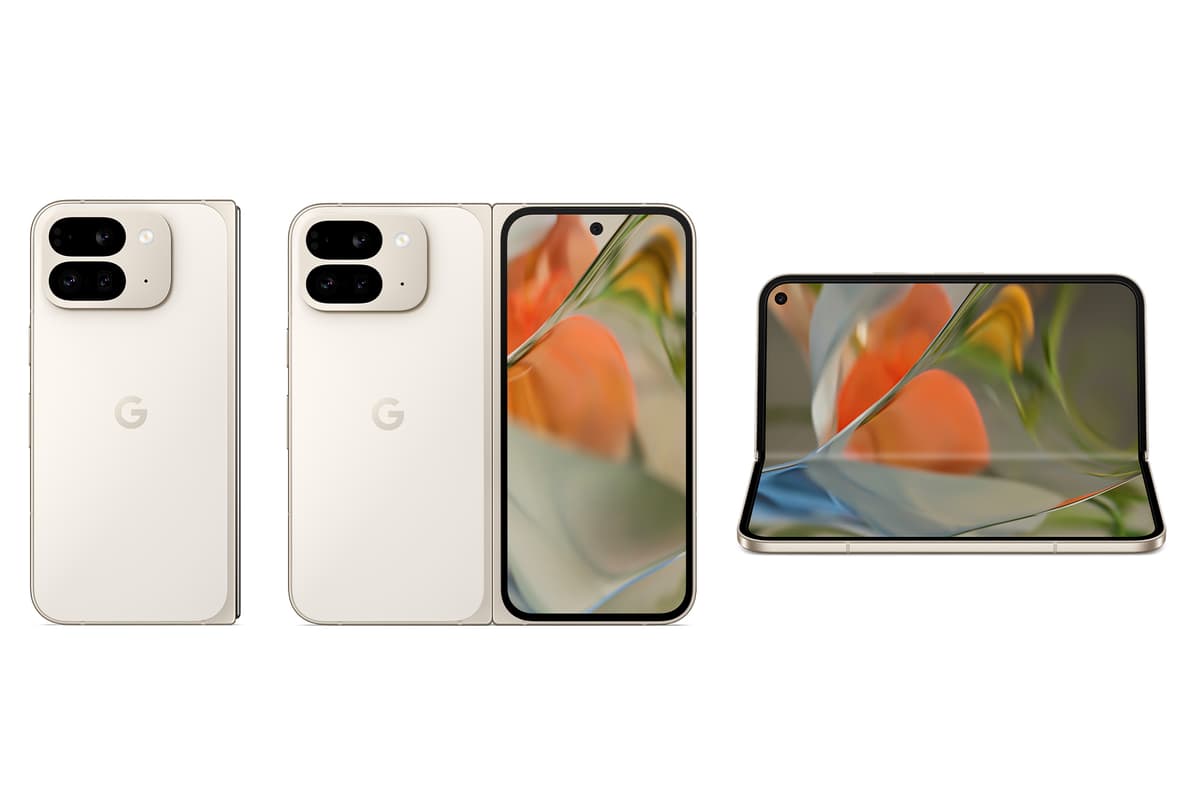Review: Google’s Pixel 9 Pro Fold
It’s a massive improvement over the first generation, and one of the best phones on the market; but it’s still way too expensive.

Some tech journalists gave relatively kind reviews to the first generation Pixel Fold, concluding that it was a pleasant but flawed entry to the folding phone space.
Having used the first-gen Fold, my kindest interpretation of these reviews is that they were charitable to the point of delusion. It was clunky to use, hard to unfold, unpleasant to use closed and far worse to use unfolded, with enormous bezels that looked horribly outdated before it even released. It felt like a dev kit for building software on, not actual consumer product, yet they were selling them — or at least trying to — for $1,800 each. I called it one of the worst phone on sale, and I stand by that.
Thankfully, its terribly named successor, the Pixel 9 Pro Fold, is exactly the kind of folding phone Google always should have made and, aside from one big problem, has solved everything wrong with the first-gen Fold. In a single generation, the Pixel Fold went from the worst phone on the market to one of the best. But it still has one big problem: the price.

To start though, it has a pretty compelling premise: take the best Android phone on the market, the Pixel 9 Pro, and add a folding screen. You get the same software experience, the same outside screen, and a similar camera — slimmed down to make the phone less bulky, but producing similar photos. However, now you get a great folding screen on the inside, and whether you’re watching YouTube videos, or multi-tasking with two applications open, it’s just a delight.
It’s good; but it’s only the second best folding phone on the market. Namely, Pixel UI is just not that well set-up for multitasking on a folding phone, and OnePlus’s Oxygen OS is, which is both more customizable, and allows for a lot more fluid, easy multitasking. The Pixel is also down on the hardware too, as though has a good hinge and isn’t too thick, the OnePlus Open is easier and more pleasant to unfold, is lighter, and overall just gets in your way less. Then again, if you want the classic Pixel experience — including class-leading photos — and hate a big circular camera bump, the Pixel is the choice for you, and it really isn’t a big step down from the Open. It’s still an incredible phone.
But all my commendations for the OnePlus Open ended with one key point; the price. Both the Pixel and the Open are more expensive than standard slab phones, and though these are better for multitasking, watching videos, and so forth, they also have the compromises of added weight, and more significantly, greater vulnerability. I have never personally had an issue with a folding phone review sample, but a standard slab phone is inherently more durable than phones with hinges, a folding screen, and moving parts.
If it were 30 percent more expensive than the Pixel 9 Pro, I could say that, for the right buyer, it is so worth the money. It’s a great phone to use, combining the multitasking delight of a folding screen with the ease and style of the Pixel experience. Even accounting for the reliability concerns, it certainly gives you 30 percent more than a standard slab phone, and I could heartily recommend its starting price of $1,300.
But it’s not $1,300. It’s $1,800 — the same price as a Pixel 9 Pro plus a Pixel 9. And, however good this phone is, it’s simply not worth that much.

